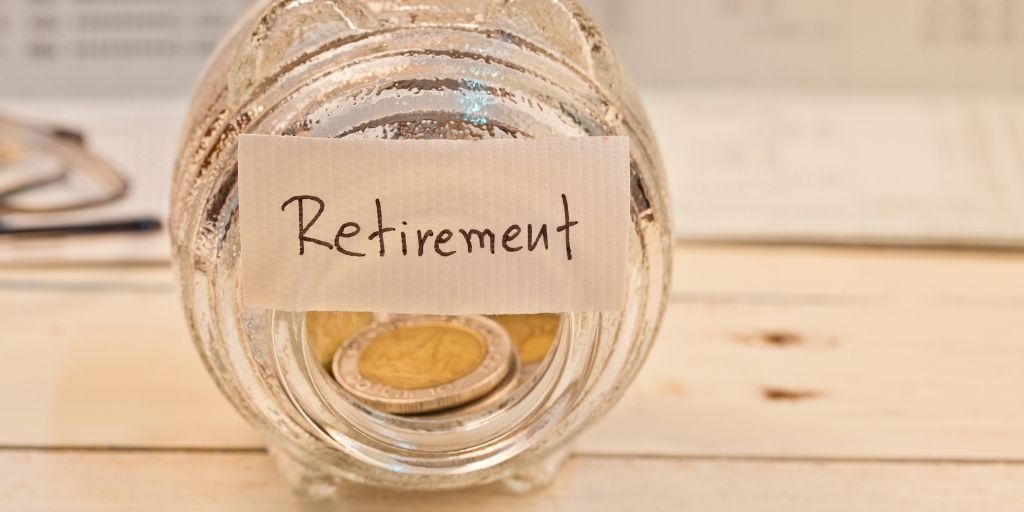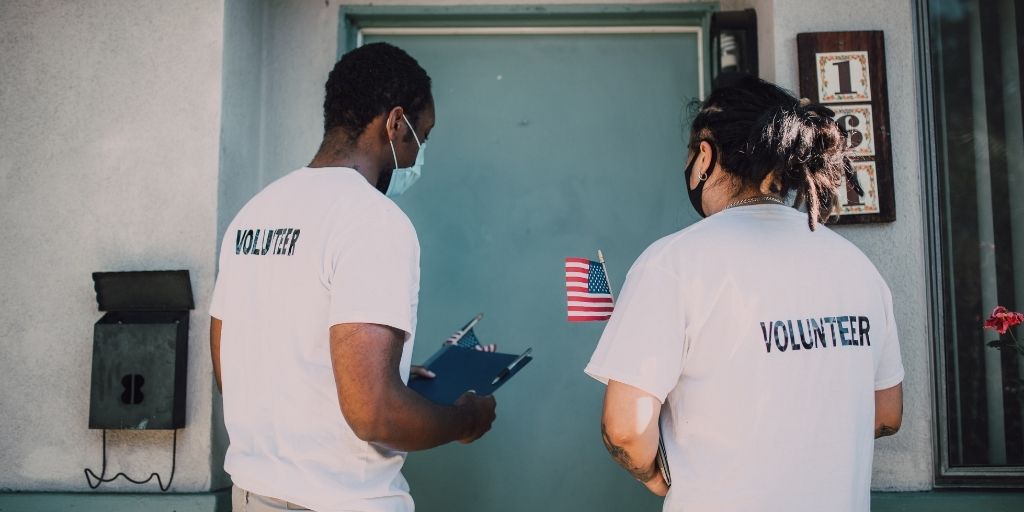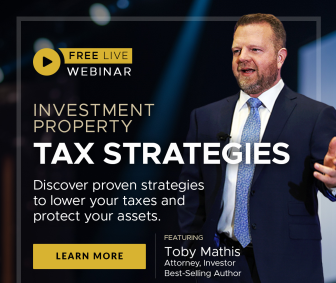
You don’t have to be rich to retire young. And you certainly don’t need a bunch of zeros behind your net worth to say sayonara to your boss and pursue your dreams.
But how much do you need to quit your job? How can you calculate that figure for yourself?
The good news is that the answers aren’t complicated. The bad news is that you still need to put in plenty of hard work to, you know, actually save and invest enough to ditch your day job.
Replacement Income
Conceptually, it’s pretty simple: you need to bring in enough passive income from investments to cover your monthly living expenses.
That doesn’t mean you need to replace your current salary. Hopefully, you’re living on far less than you earn, and saving and investing the rest. Because the less of your income you spend, the faster you can build wealth, and the less passive income you need to retire.
Where does this passive income come from? From many sources, ideally. You want to combine several streams of income so you don’t rely too heavily on any one of them.
Rental Income
Sure, most people don’t own rental properties, but this is a real estate blog after all.
With each rental property, you add another stream of income. If you earned $400 per month in net cash flow from each property, and you spend $4,000 per month, it would take ten properties to reach financial independence.
RELATED: The Surprisingly Simple Math to Retiring On Real Estate
If you only used rental income to retire on, of course. But I don’t recommend putting all your eggs in that basket—you want diversified income streams, after all!
Note that you can leverage other people’s money to cover most of the cost of each property. That often leads to higher cash-on-cash returns, which means you don’t need to invest as much of your own cash to produce the same passive income.
Dividend Income
Many stocks, ETFs, mutual funds, REITs, and real estate crowdfunding investments pay dividends. You collect income on them, without having to sell off any assets.
The income yield from dividends can range from tiny to impressive. For example, Streitwise pays a consistent 8.4% annual dividend yield, distributed quarterly. For example, if you invested $100,000, you could expect to collect $8,400 per year in dividends.
Interest Income
Other investments pay interest on money that you lend them. Examples include bonds, private notes, crowdfunded loans, and even high-yield savings accounts.
Unlike real estate and stocks, loans at a fixed interest rate don’t offer any protection against inflation. But in normal markets with inflation around 2%, that doesn’t pose a huge problem.
I earn between 9.5% to 10% on interest from my investments in Groundfloor loans, as one high-performing example. They issue short-term hard money loans to real estate investors, typically for flipping houses.
Selling Stocks: Safe Withdrawal Rates
You can also generate income by selling off your growth stocks.
Granted, stocks come with volatility. One year they’re up 15%, the next they’re down 20%, the year after they jump by 25%—two steps forward, one step back. But the S&P 500 has returned an average of around 10% per year since its inception in 1926, so averaged over time, U.S. stocks perform well.
But how do you handle the stock markets’ mood swings after you quit your job?
The rule of thumb for retirees is to pull out 4% of your nest egg in the first year of retirement, then adjust the amount upward each year by the inflation rate. Known as the 4% Rule, it’s calculated to make sure you don’t run out of money within 30 years of retiring.
If you want to retire young and leave your stock portfolio kicking for longer than 30 years, adjust that 4% withdrawal rate down to 3.5%. Based on historical stock market performance, that’s low enough to let your portfolio keep growing indefinitely.
These withdrawal rates help you calculate how much you need to invest in stocks, to reach your desired income. Multiply your desired income from selling off stocks by 25, and that’s how much you need to invest (4% x 25 = 100%). For example, if you want $10,000 per year in income from selling off stocks, multiply $10,000 by 25 to reach $250,000 invested in growth stocks.
If you plan on a 3.5% withdrawal rate, multiply your desired income by 28.6 instead.
RELATED: 022: Why Early REtirement May Be More Achievable Than You Think w/ Chad Carson
Side Gig or Business Income
Many people who quit their jobs young go on to start a business or side gig, generating some extra income that way.
For instance, you could always start a blog about your area of expertise, putting in 5 to 10 hours each week and collecting some income from advertising, affiliate revenue, or products or services you sell.
Or you could flip land or houses, fix up vintage cars, or build bespoke birdhouses, for that matter. Do what you enjoy, and get paid for it.
Do Your Dream Work
You don’t have to start your own business or side hustle to earn active income after ditching your day job. Who says you can’t go back to work doing something you love?
You could work for a nonprofit in a field you’re passionate about, pour wines at a winery, or do whatever it is that lights you up. With enough passive income to supplement you, you can still live a comfortable life even on a low salary doing your dream work.
As an added perk, this second-act job might provide benefits such as health insurance or matching retirement contributions. Just saying.
How Much You Need to Save Before Quitting
Say you live on $60,000 per year currently, and want to keep living on that budget. You need to replace $5,000 per month in income.
Imagine you wanted $1,500 per month apiece from rental income, dividend income, and interest income, plus $500 per month from selling off stocks. Your portfolio might look something like this:
- Rental Properties: $180,000 of your cash invested (10% cash-on-cash return)
- Dividend Income: $300,000 cash invested (average 6% yield)
- Interest Income: $257,143 cash invested (average 7% interest)
- Stock Withdrawals: $171,600 cash invested (3.5% withdrawal rate)
You’d need to invest a total of $908,743 in the example above. Not chump change, to be sure.
Now reimagine the example above, but with you generating $2,500 per month in active income from either a side hustle or passion job. That gets you halfway to your $5,000 in monthly income needed to quit your job and cuts all of the numbers above in half. The total you’d need to invest now is only $454,371.
You could cut that even further by getting creative with financing your rental properties, using strategies like BRRR to recycle the same down payment over and over again for each new property.
Advantages and Disadvantages of Retiring Young
When you retire at, say, 40 instead of 65, you have a few disadvantages and one enormous advantage.
First, you can’t lean on Social Security benefits to cover any of your income. You’re on your own with investment income only.
Second, you can’t touch your tax-sheltered retirement accounts such as your IRA or 401(k) before age 59 ½. Not without the IRS slapping you with a 10% penalty, at least.
Despite those disadvantages, you have a huge advantage over traditional retirees: you can keep generating active income easily. Whether that’s a business, a side gig, or a new job, you have plenty of options and vivacity left in you. The more you can earn from your “post-retirement” gigs, the less you need to save and invest.
Even if you have no intention of ever working a day again in your life, you still have the option of going back to work easily enough, if you discover after a few years that your retirement calculations fell short. It’s a lot harder for 70-year-old retirees to go back to work than 40-year-old retirees.
Case Study: The Thompsons
I interview people who have reached financial independence young every month. Most invest in a combination of real estate and stocks, combined with a side business.
But one of the first couples I interviewed remains one of my favorites. Ashley and Kevin Thompson moved to Japan when Ashley was in her early twenties, as a teacher. The school provided the two of them with free furnished housing, and Kevin quit his job as a civil engineer in the U.S. to join Ashley.
Over those four years, they lived extremely frugally—as in, sharing-one-cell-phone frugal. While there, Kevin consumed every piece of knowledge he possibly could about real estate investing, and started buying properties back in their hometown in Ohio. Within a few years, they owned a portfolio of eight properties earning around $40,000 per year in net cash flow.
Ashley took a job in Korea, and they continued living on little income and investing the rest in rentals. After a few more years, the Thompsons were earning six figures in net rental income. Ashley quit teaching and retired before turning 30.

Not the Thompsons.
Today they live in Ohio and have diversified their portfolio to include stocks and cryptocurrencies. They self-manage their rental properties, volunteer, and travel frequently.
I’ve heard endless stories like that. But they all share a common theme: the protagonist lived on a fraction of their income, learned everything they could about a niche investment, and then invested their savings in it.
Final Thoughts
You don’t need to earn a six-figure income to reach financial independence and retire early. Ashley Thompson certainly didn’t.
But you do need to save and invest a wide margin of your income and get strategic in building passive income streams. It also helps to keep earning some active income after you quit your day job, such as having a hobby business or fun job. But it’s not necessary, as Ashley proved.
The less you spend, the less passive income you need in order to quit your job. Start cutting your expenses, perhaps with tricks like house hacking, to ditch your job faster.
Finally, don’t be afraid to move somewhere with a lower cost of living, either before or after you “retire.” I live in Brazil, but you don’t have to go that far. Start doing some research on cities, states, and even countries with a low cost of living but a high quality of life, to live well on less.












